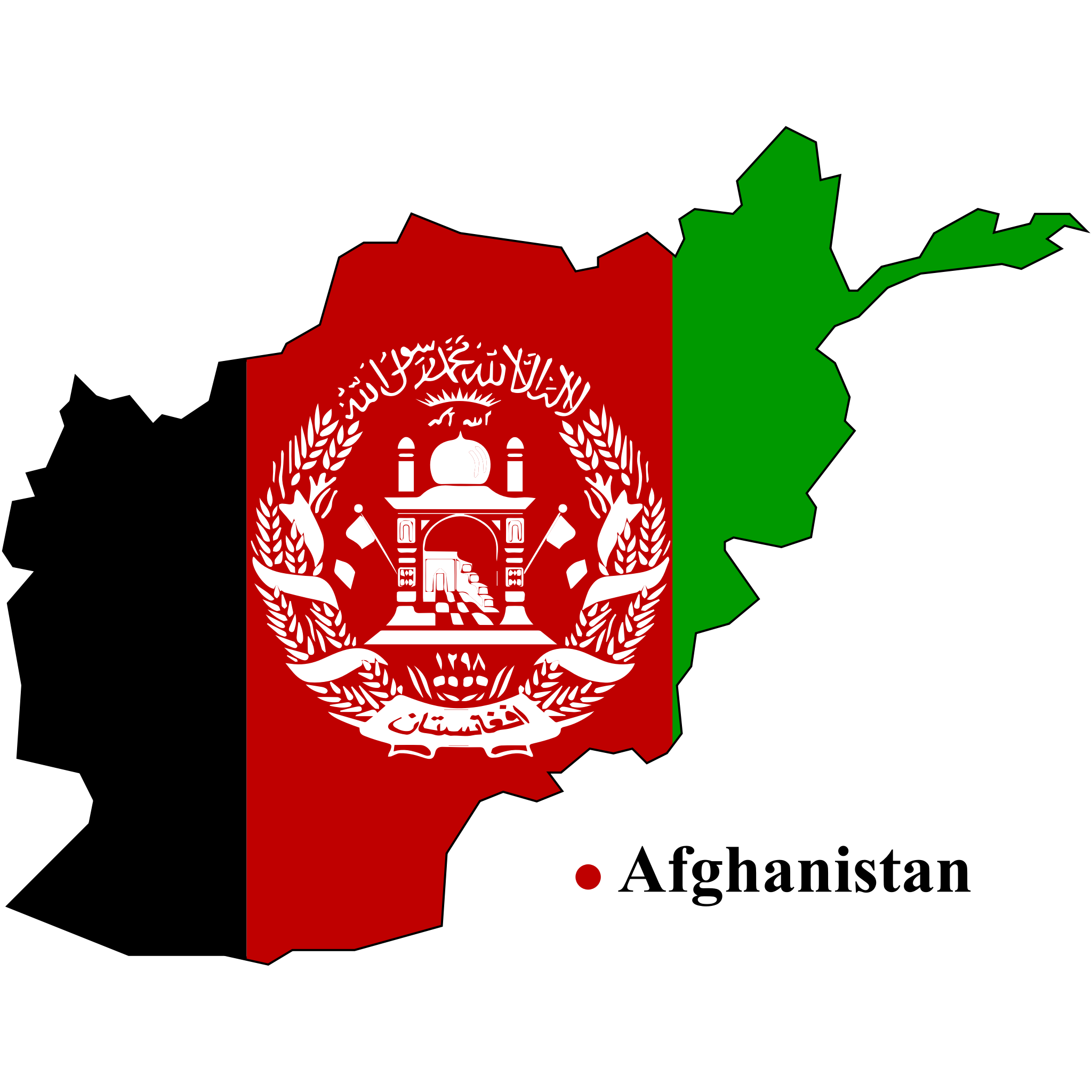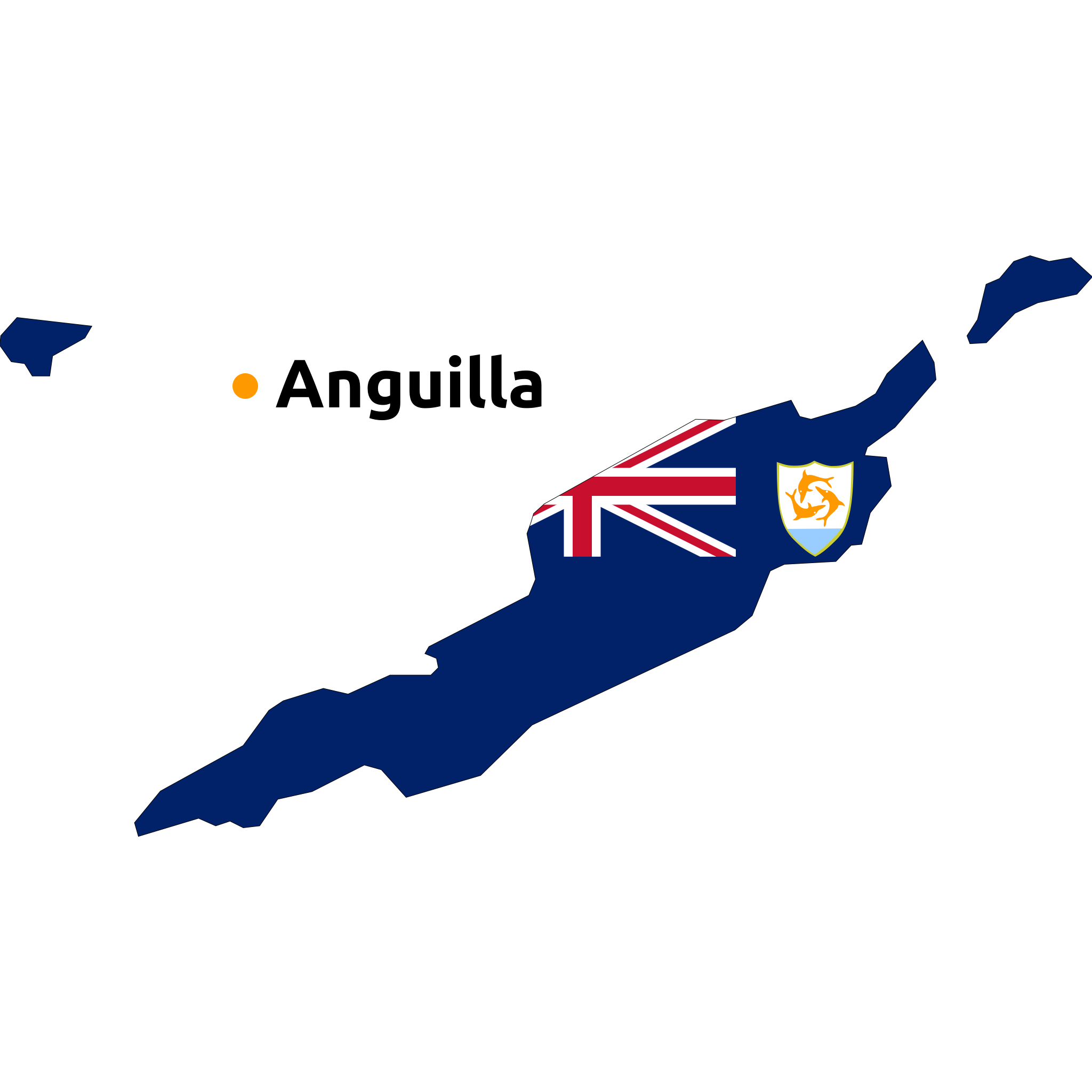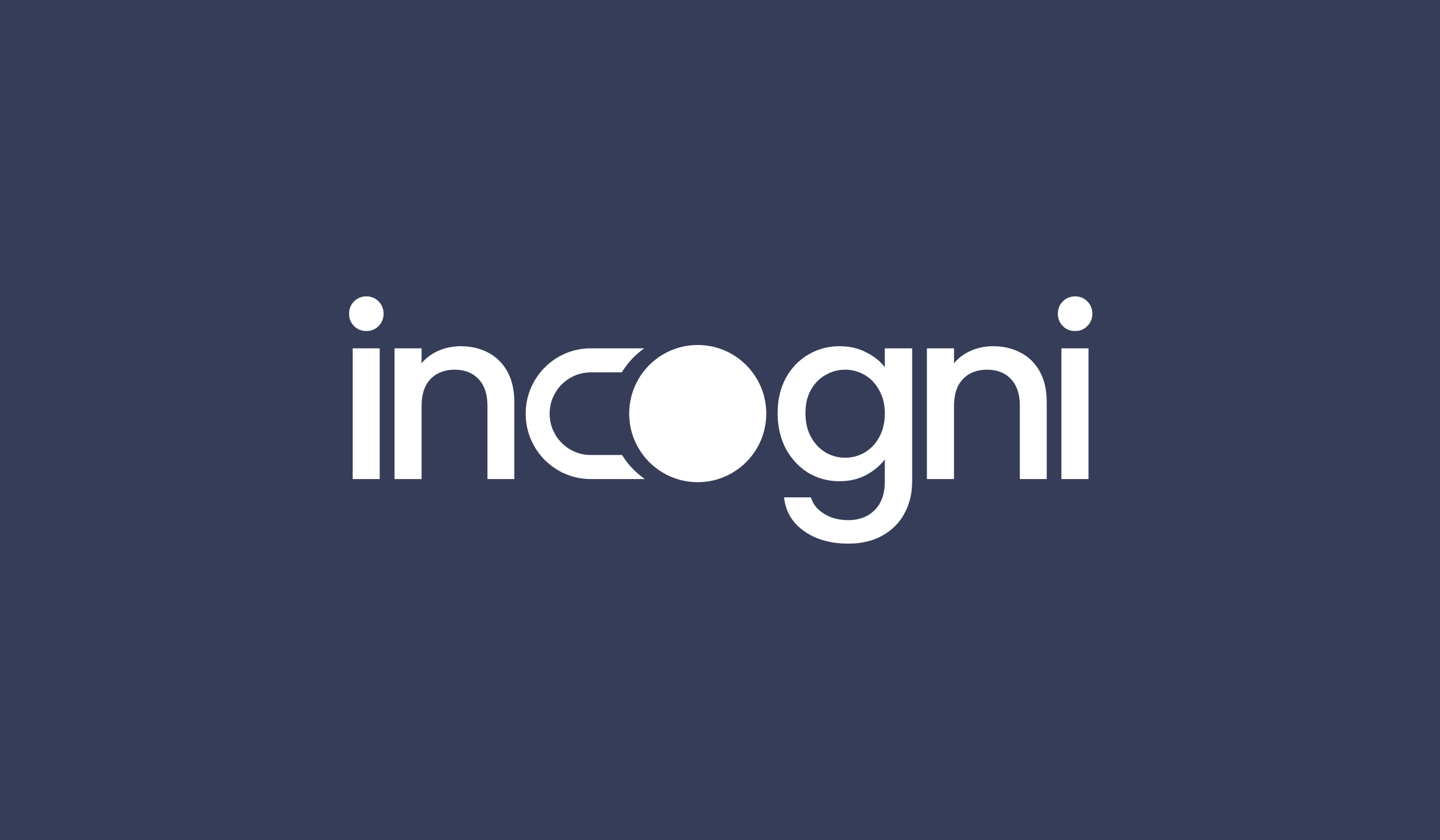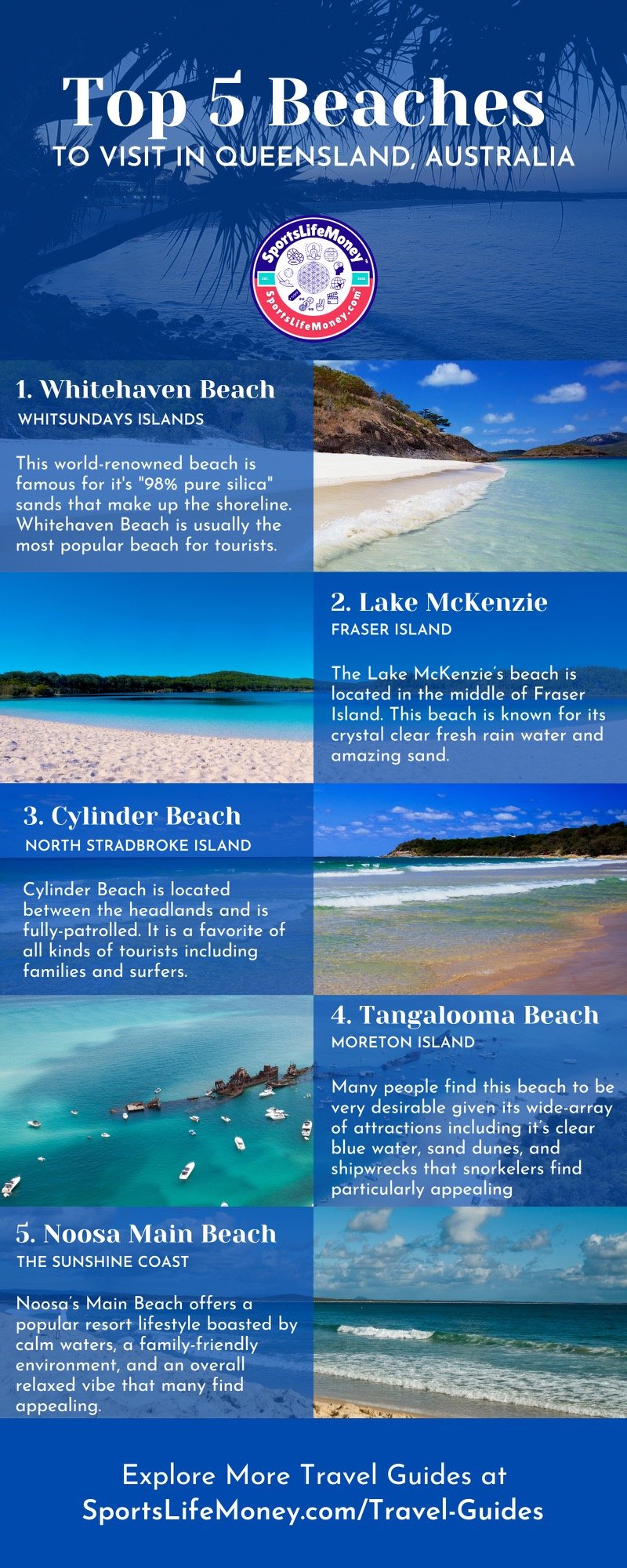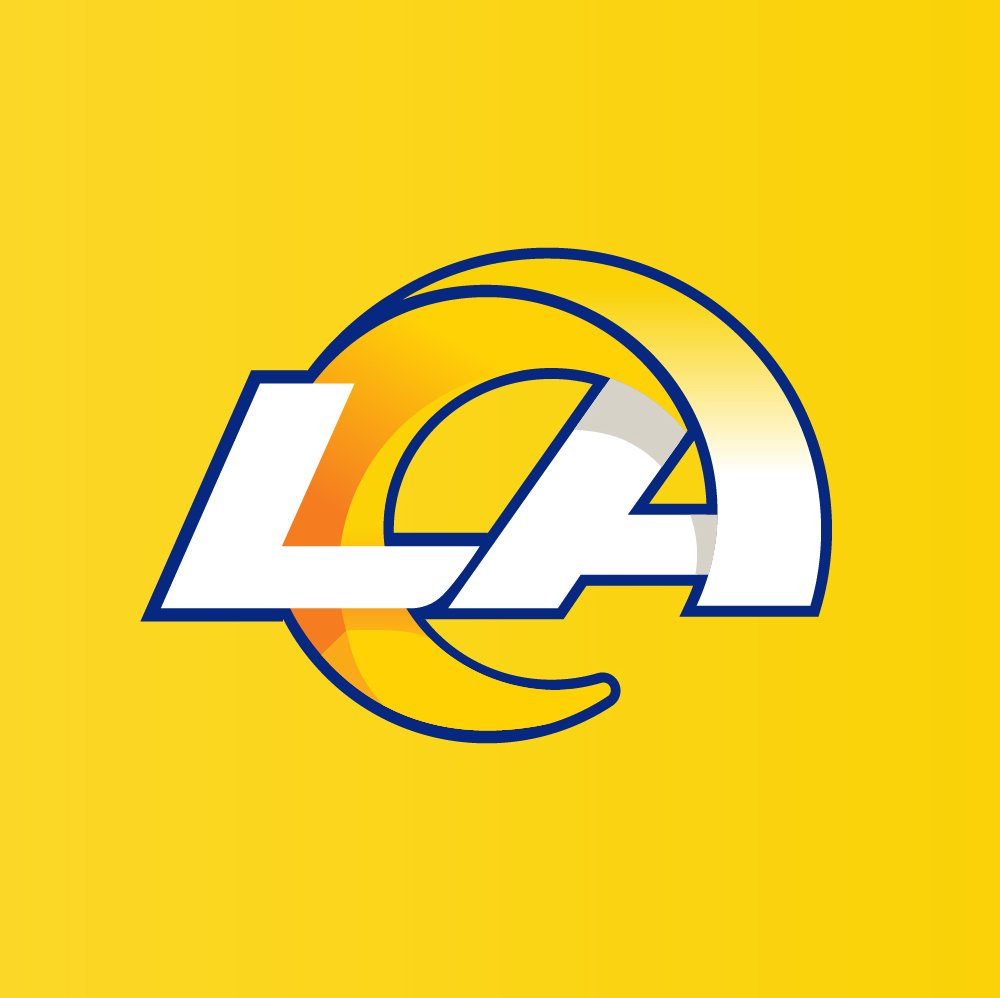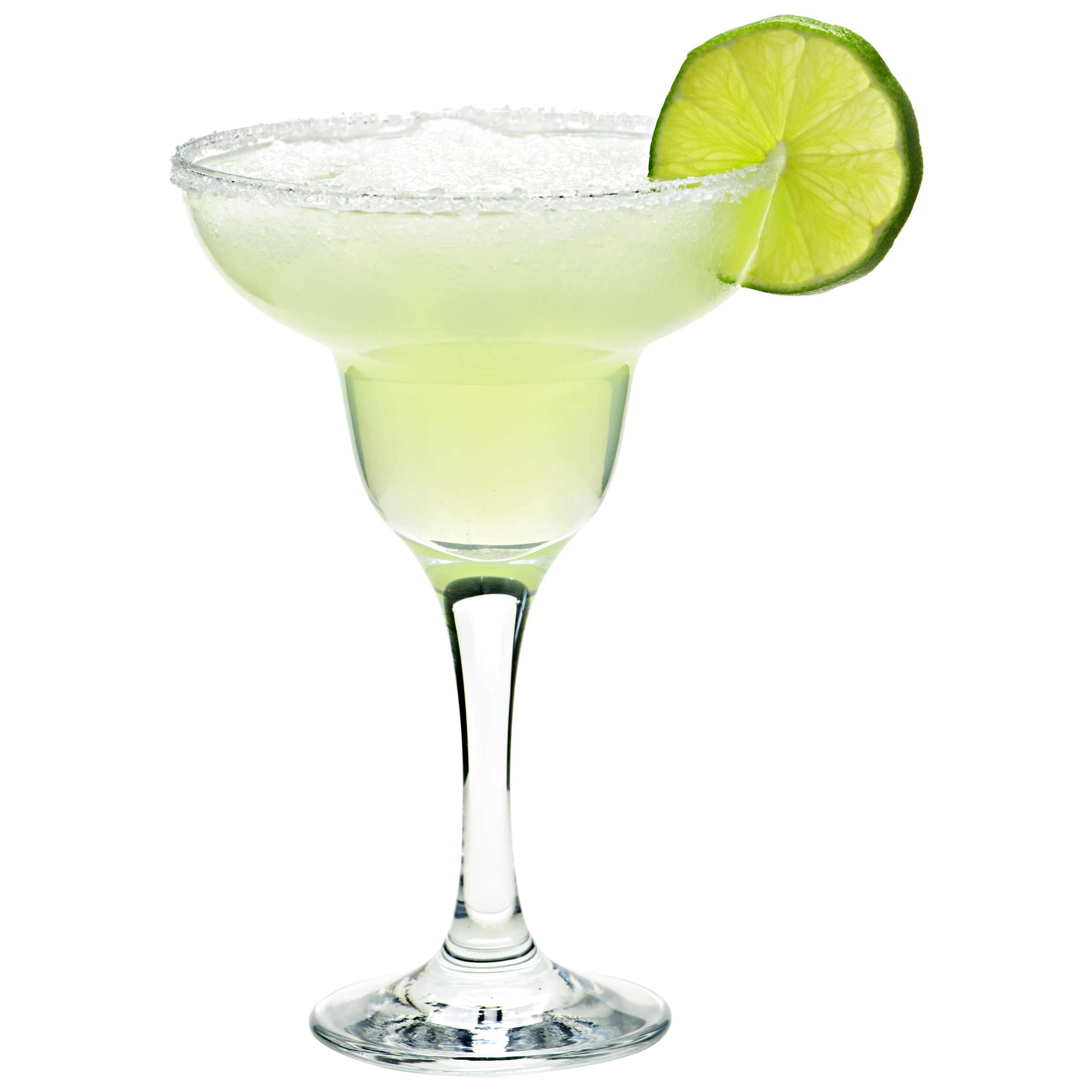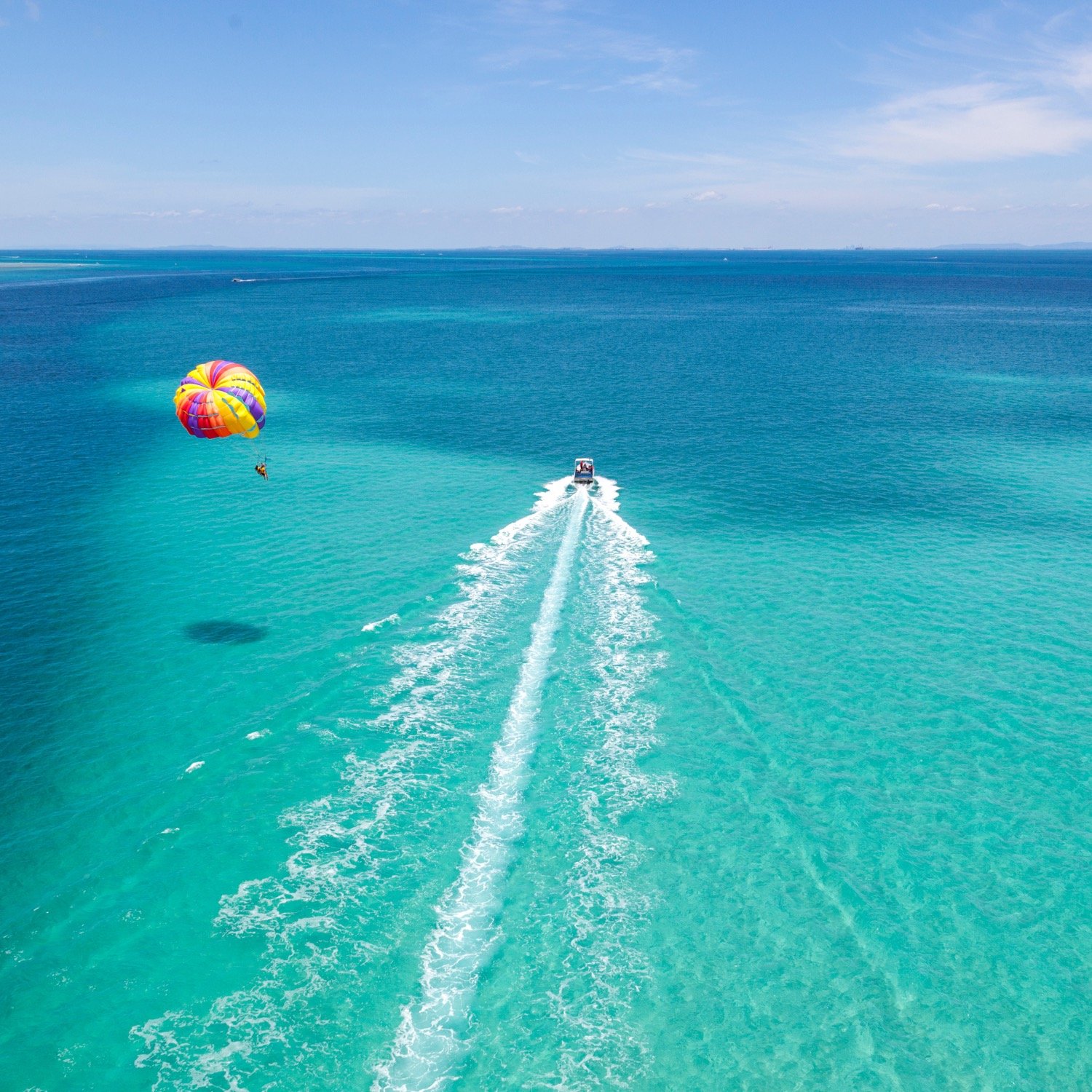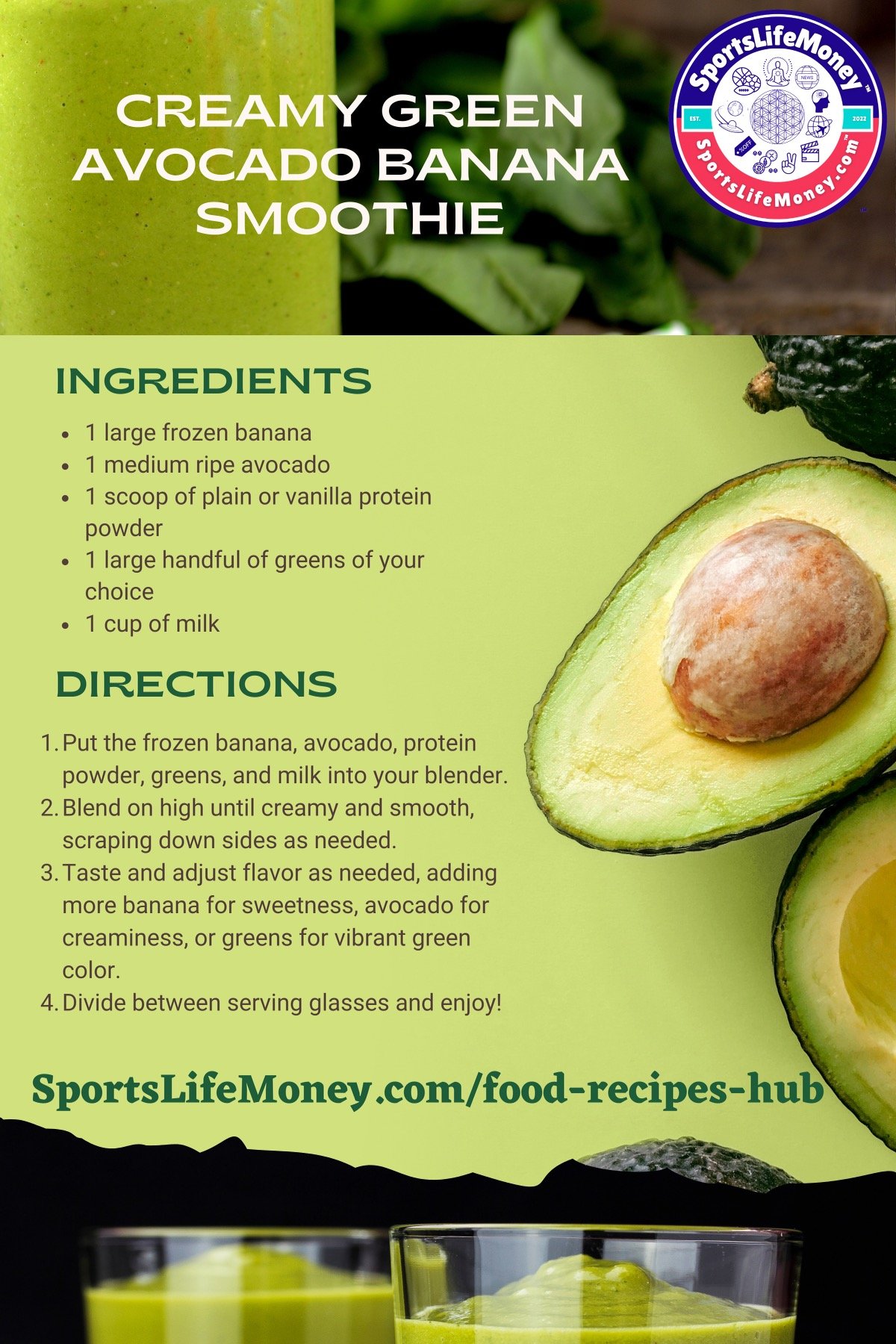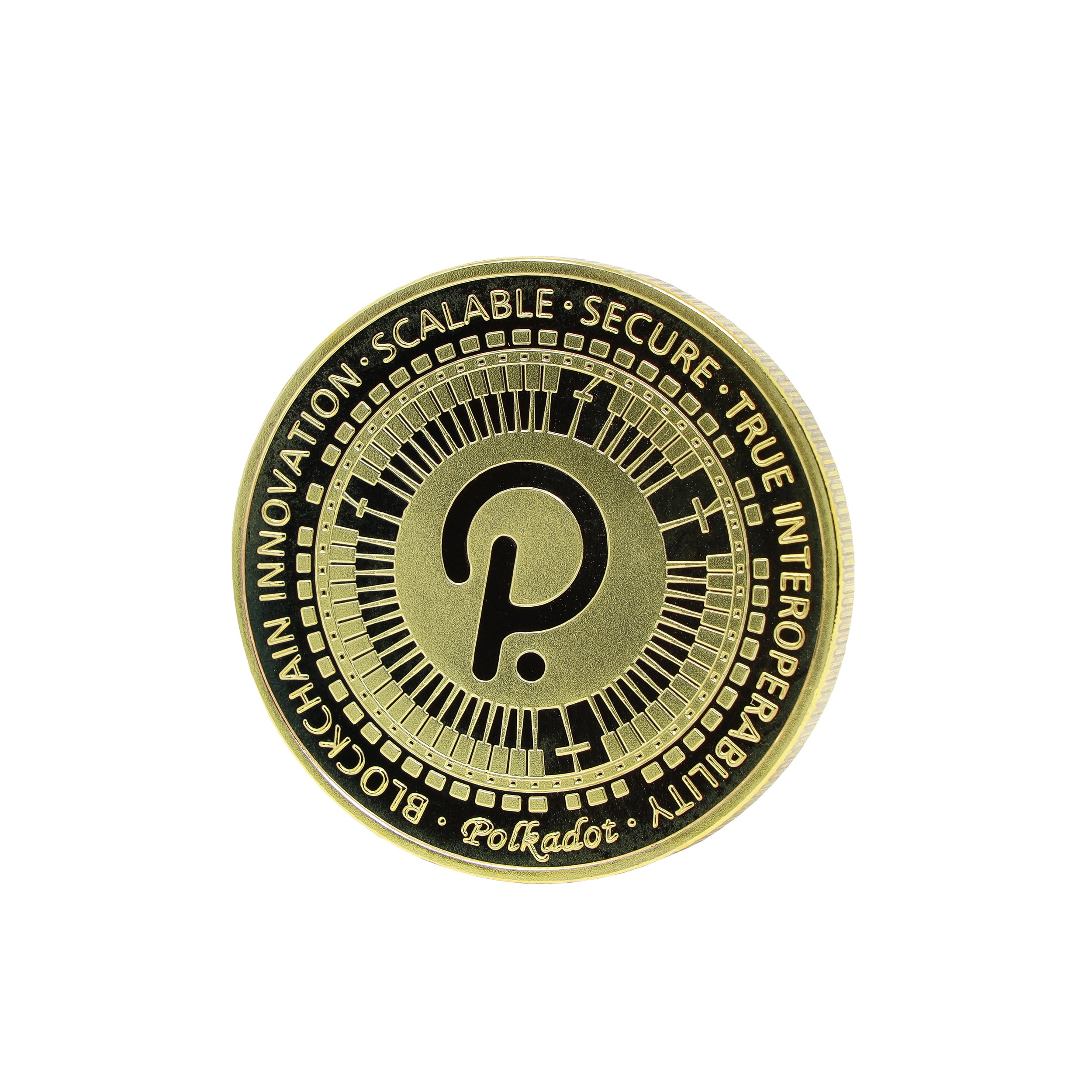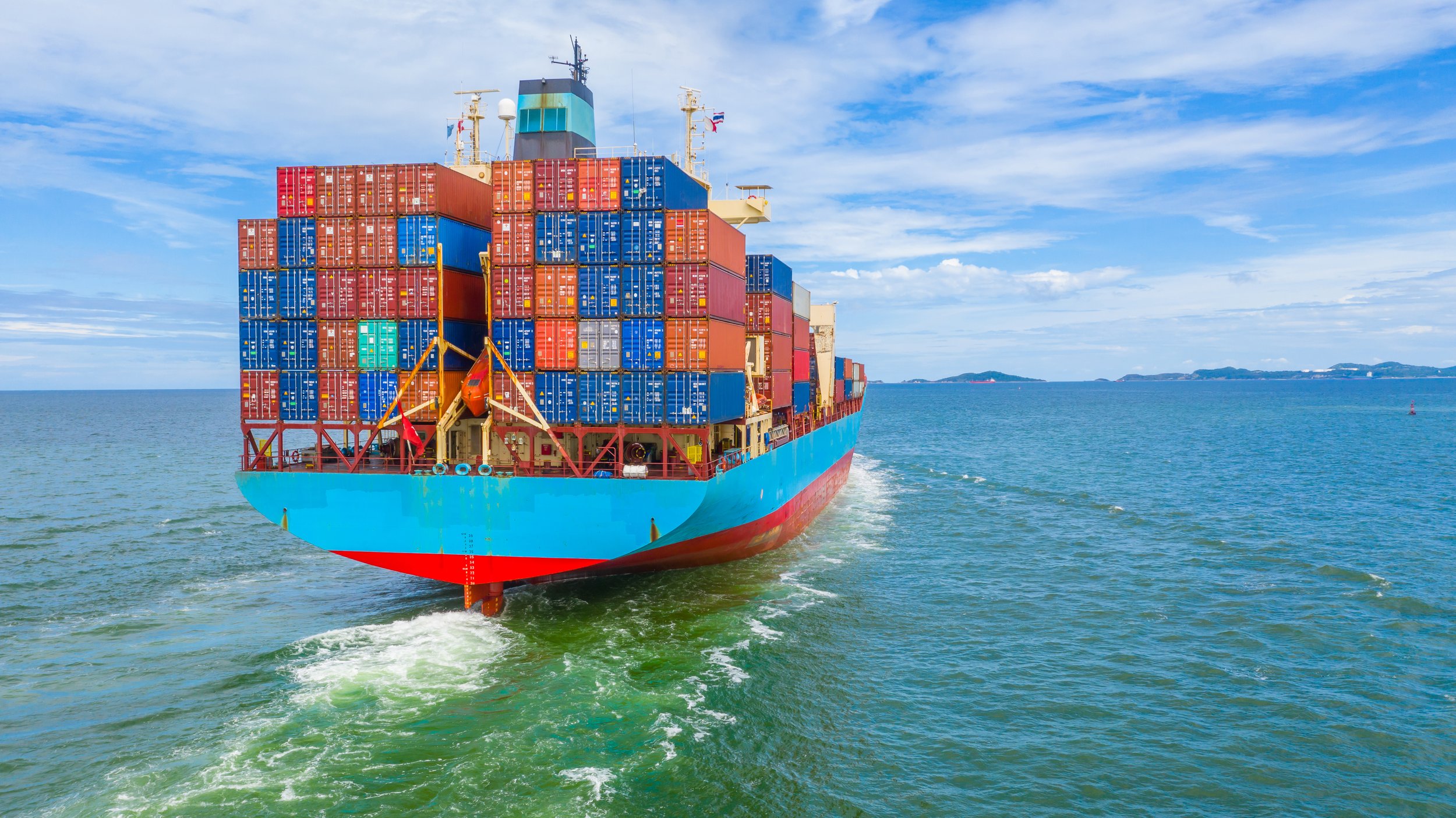Territory Summary: American Samoa
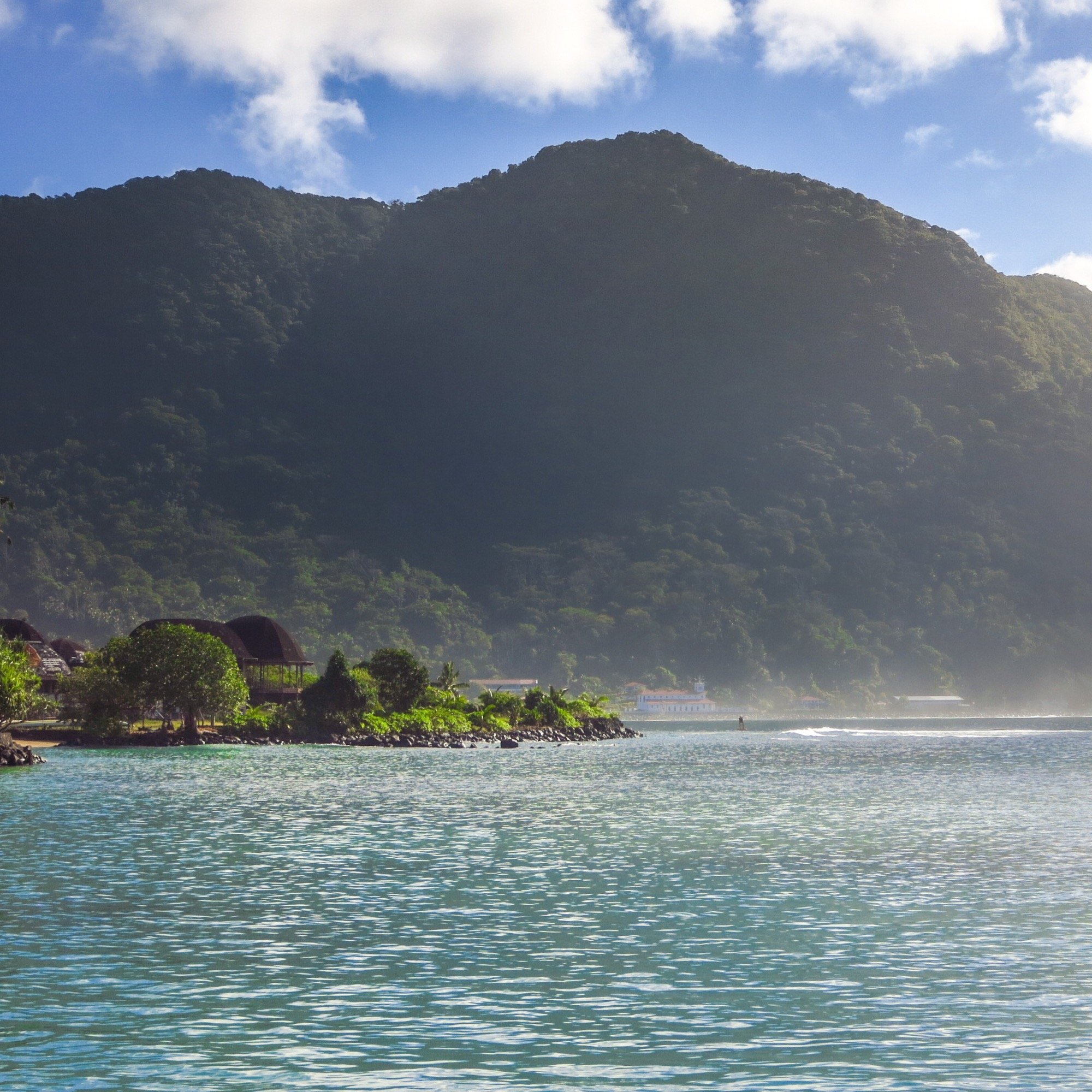
Territory Name: American Samoa
Capital: Pago Pago
Official Visa & Travel Information: American Samoa Department of Legal Affairs (Visa Services)
Note: American Samoa is the only United States Territory that has retained oversight of its own borders. The Department of Legal Affairs is tasked with protecting American Samoa’s borders and regulating travel to and from the U.S. Territory. Specifically, the Immigration Office ensures lawful entry of all travelers into and out of the U.S. Territory.
Government Type: Unincorporated, unorganized Territory of the US with local self-government; republican form of territorial government with separate executive, legislative, and judicial branches.
Background: Tutuila was settled by 1000 B.C. and the island served as a refuge for exiled chiefs and defeated warriors from the other Samoan islands. The Manu’a Islands developed its own traditional chiefdom that maintained its autonomy by controlling oceanic trade. In 1722, Dutch explorer Jacob Roggeveen was the first European to sail through the Manu’a Islands, and he was followed by French explorer Louis Antoine De Bougainville in 1768. Whalers and missionaries arrived in American Samoa in the 1830s, but American and European traders tended to favor the port in Apia - now in independent Samoa - over the smaller and less-developed Pago Pago on Tutuila. In the mid-1800s, a dispute arose in Samoa over control of the Samoan archipelago, with different chiefs gaining support from Germany, the UK, and the US. In 1872, the high chief of Tutuila offered the US exclusive rights to Pago Pago in return for US protection, but the US rejected this offer. As fighting resumed, the US agreed to the chief’s request in 1878 and set up a coaling station at Pago Pago. In 1899, with continued disputes over succession, Germany and the US agreed to divide the Samoan islands, while the UK withdrew its claims in exchange for parts of the Solomon Islands. Local chiefs on Tutuila formally ceded their land to the US in 1900, followed by the chief of Manu’a in 1904. The territory was officially named “American Samoa” in 1911.
The US administered the territory through the Department of the Navy, and in 1918, the naval governor instituted strict quarantine rules to prevent the spread of the Spanish flu, allowing American Samoa to avoid the deadly infection that ravaged the then-New Zealand administered territory of Samoa. In 1949, there was an attempt to organize the territory, granting it formal self-government, but local chiefs helped defeat the measure in the US Congress. Administration was transferred to the Department of the Interior in 1951, and in 1967, American Samoa adopted a constitution that provides significant protections for traditional Samoan land tenure rules, language, and culture. In 1977, after four attempts, voters approved a measure to directly elect their governor. Nevertheless, American Samoa officially remains an unorganized territory and people born in American Samoa are US nationals instead of US citizens, a status many American Samoans prefer.
Region: Oceania
Population: 44,620 (2023 est.)
Ethnic Groups: Pacific Islander 88.7% (includes Samoan 83.2%, Tongan 2.2%, other 3.3%), Asian 5.8% (includes Filipino 3.4%, other 2.4%), mixed 4.4%, other 1.1% (2020 est.)
Languages: Samoan 87.9% (closely related to Hawaiian and other Polynesian languages), English 3.3%, Tongan 2.1%, other Pacific Islander 4.1%, Asian languages 2.1%, other 0.5% (2010 est.)
Religions: Christian 98.3%, other <1%, unaffiliated <1% (2020 est.)
Economic Overview: Tourism, tuna, and government services-based territorial economy; sustained economic decline; vulnerable tuna canning industry; large territorial government presence; minimum wage increases to rise to federal standards by 2036.
Currency: United States Dollar (USD)
Real GDP (Purchasing Power Parity): $658 million (2016 est.); note: data is in 2016 U.S. dollars
Real GDP Growth Rate: -1.87% (2021 est.)
Real GDP per Capita: $11,200 (2016 est.)
Exports:
$428 million (2016 est.); note: data is in current year U.S. dollars and do not include illicit exports or re-exports
Comparison Ranking: 192
Export Commodities: Refined petroleum, animal meal, vaccines and cultures, ethylene polymers, and vulcanized rubber (2021)
Export Partners: Australia 25%, Ghana 19%, Indonesia 15.6%, Burma 10.4%, Portugal 5.1% (2017)
Imports:
$615 million (2016 est.)
Comparison Ranking: 197
Import Commodities: Raw materials for canneries, food, petroleum products, and machinery and parts.
Import Partners: Fiji 10.7%, Singapore 10.4%, NZ 10.4%, South Korea 9.3%, Samoa 8.2%, Kenya 6.4%, Australia 5.2% (2017)
Natural Resources: Pumice & pumicite.
Agricultural Products: Bananas, coconuts, vegetables, taro, breadfruit, yams, copra, pineapples, papayas; dairy products, and livestock.
Industries: Tuna canneries (largely supplied by foreign fishing vessels) and handicrafts.
Industrial Production Growth Rate: N/A
Labor Force: 17,850 (2015 est.)
Labor Force By Occupation:
Agriculture: N/A
Industry: 15.5%
Services: 46.4% (2015 est.)
Unemployment Rate: 29.8% (2005)
Natural Hazards: Cyclones common from December to March.
Geography:
Total: 224 sq km
Land: 224 sq km
Water: 0 sq km
(Country Summary, The World Factbook, CIA.gov)
LEGAL, FINANCIAL, & TAX ADVICE DISCLAIMER: The information on SportsLifeMoney’s™ (“SLM”) websites, podcast network, videos, social media accounts, and other platforms (collectively, “SLM Platforms”) is strictly and solely provided for educational and informational purposes only. All of the information and materials on the aforementioned SLM Platforms do not constitute and are not intended to provide legal, financial, accounting, or tax advice, and should not be relied on in that respect. SLM recommends that you consult with an attorney, certified financial advisor, or licensed accountant to answer any legal, financial, or tax questions you may have. SLM also recommends that you consult with an attorney, certified financial advisor, or licensed accountant before making any legal, financial, or tax-related decisions based on content and/or subject matter included and/or discussed on any of the SLM Platforms. Before you act or rely on any information you have heard, read, viewed, and/or listened to on any of the SLM Platforms or communication mediums, SLM recommends that you confirm any and all facts that are important to your decision and that you subsequently consult with an appropriate professional (e.g., attorney, certified financial advisor, certified accountant, etc.) and have them review these facts and also confirm their validity. CAUTION: IF YOU RELY ON ANY INFORMATION, CONTENT, PRODUCT, OR SERVICE FROM ANY OF THE SLM PLATFORMS, YOU DO SO AT YOUR OWN RISK. YOU UNDERSTAND THAT YOU ARE SOLELY RESPONSIBLE FOR ANY AND ALL DAMAGES OR LOSS THAT YOU MAY INCUR THAT RESULTS FROM YOUR USE AND/OR RELIANCE OF ANY OF THE SLM PLATFORMS OR ANY OF THE CONTENT OR MATERIAL OTHERWISE PROVIDED ON ANY OF THESE SLM PLATFORMS. SLM AND ANY AND ALL OF ITS AFFILIATES MAKE NO IMPLIED OR EXPRESS REPRESENTATIONS OR IMPLIED OR EXPRESS WARRANTIES OF ANY KIND REGARDING ANY AND ALL INFORMATION ON ANY OF THE SLM PLATFORMS OR SLM’S AFFILIATE PLATFORMS. SLM AND ITS AFFILIATES WILL NOT BE HELD LIABLE FOR ANY DAMAGES. By continuing to use any of the SLM Platforms, you acknowledge and agree to the aforementioned terms and conditions of this disclaimer and any and all other legally binding terms and conditions set forth in SLM’s Privacy Policy, Terms & Conditions, and other legally binding agreements.
